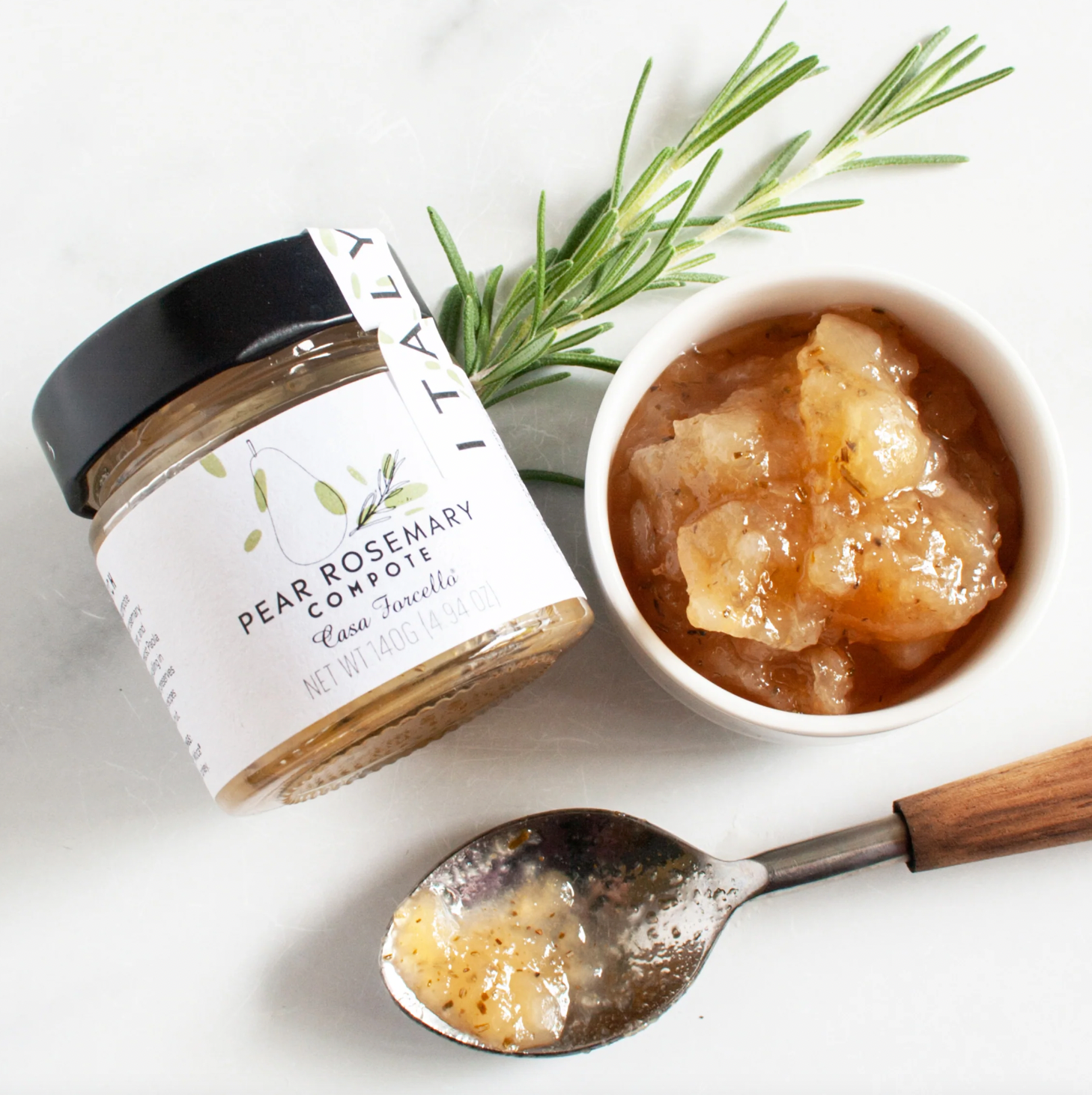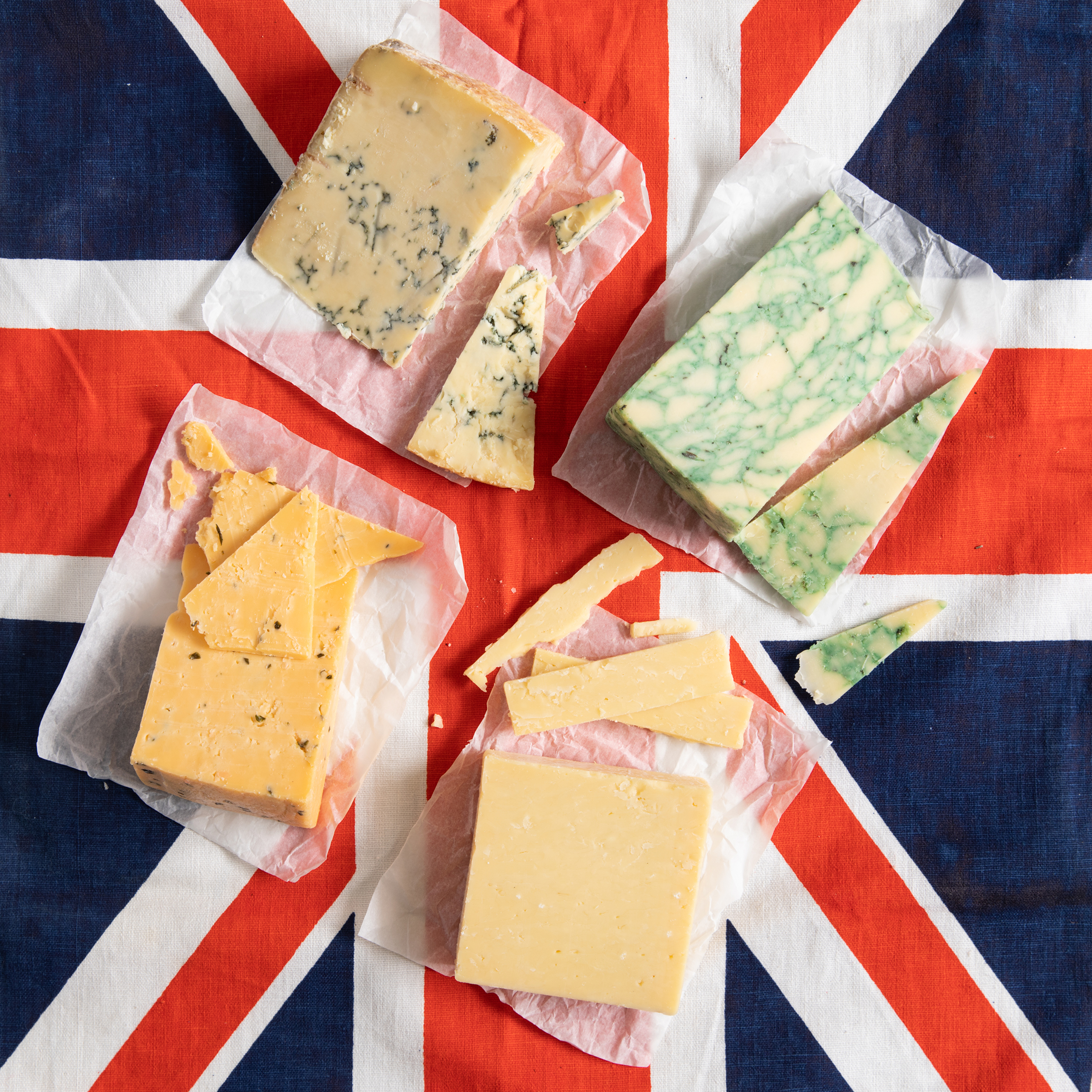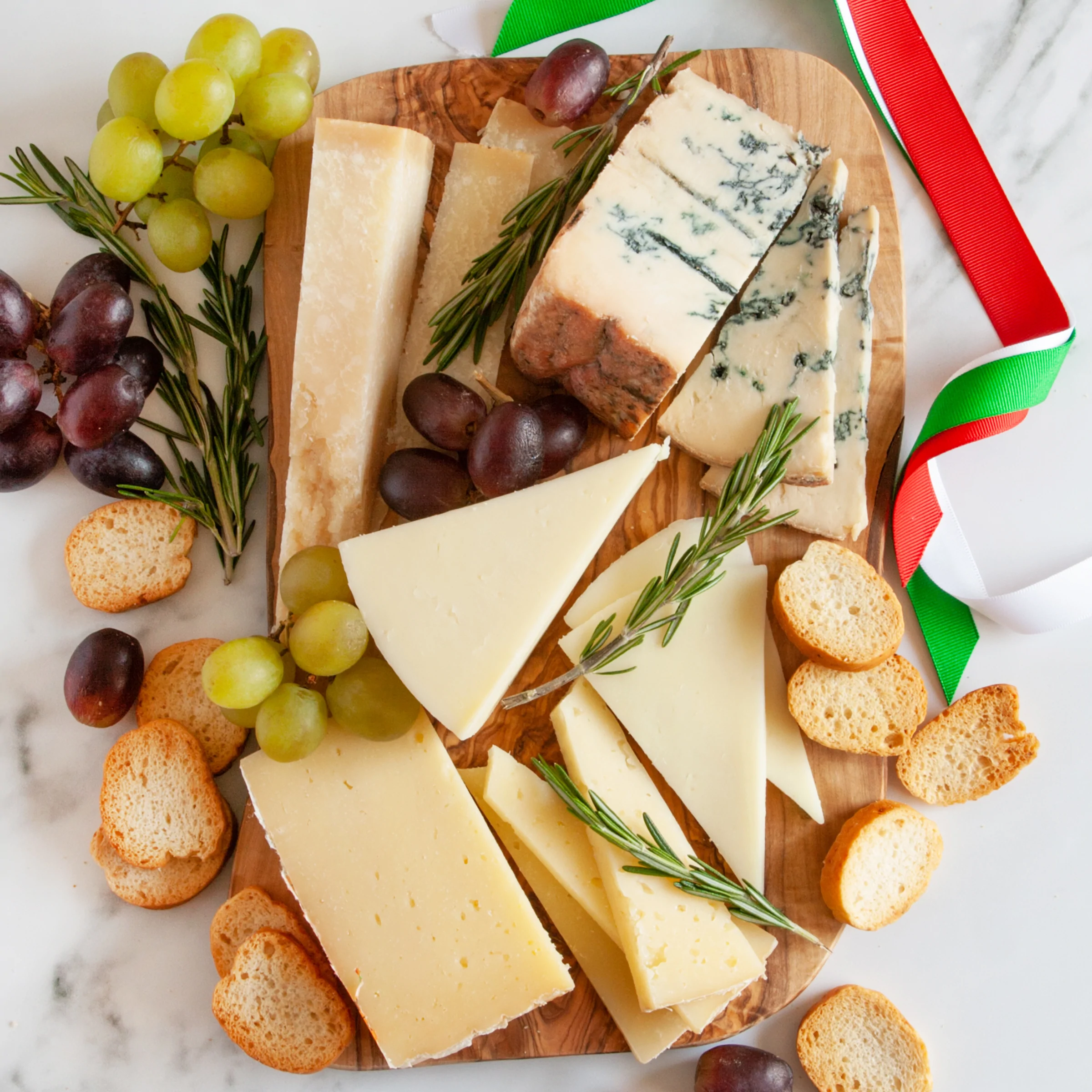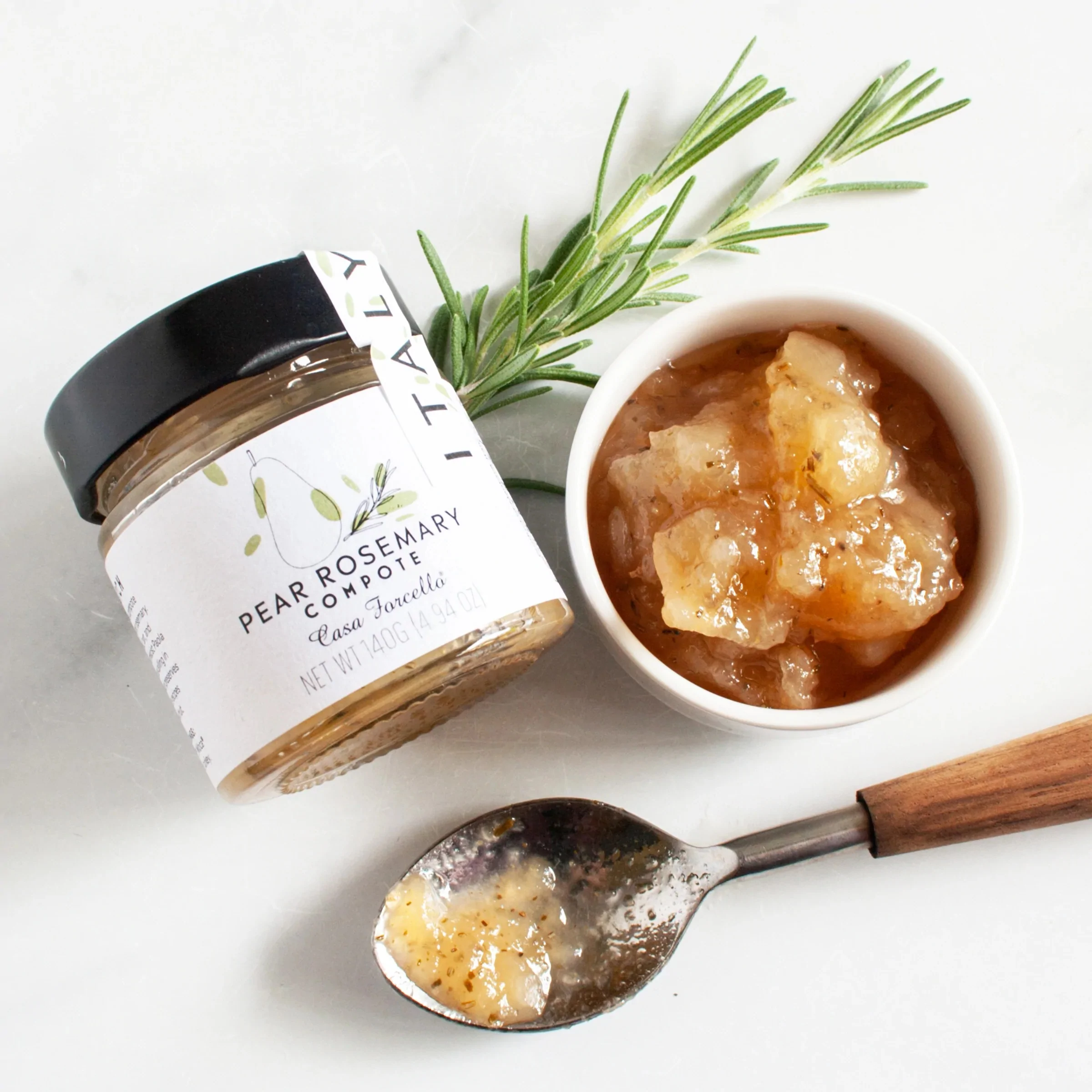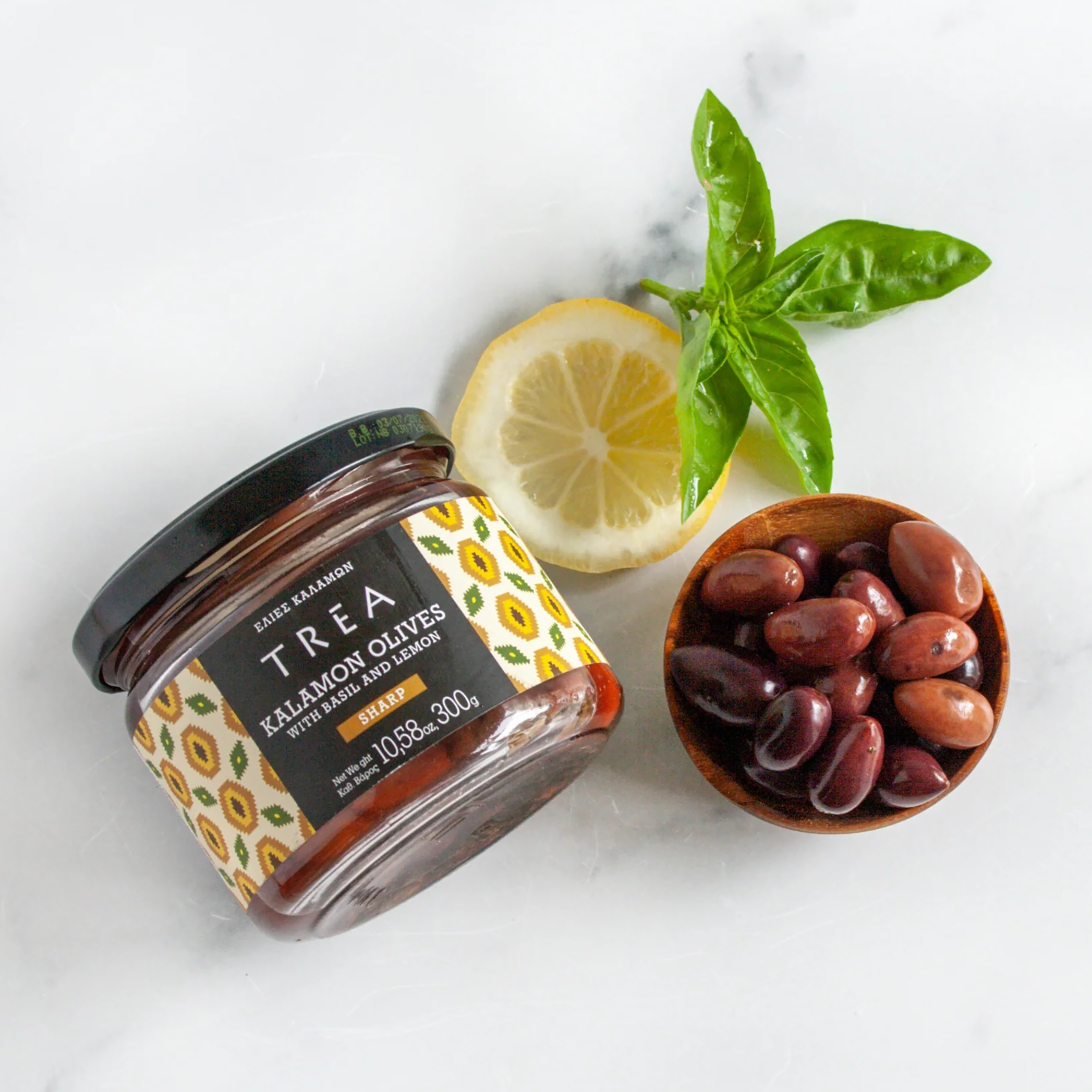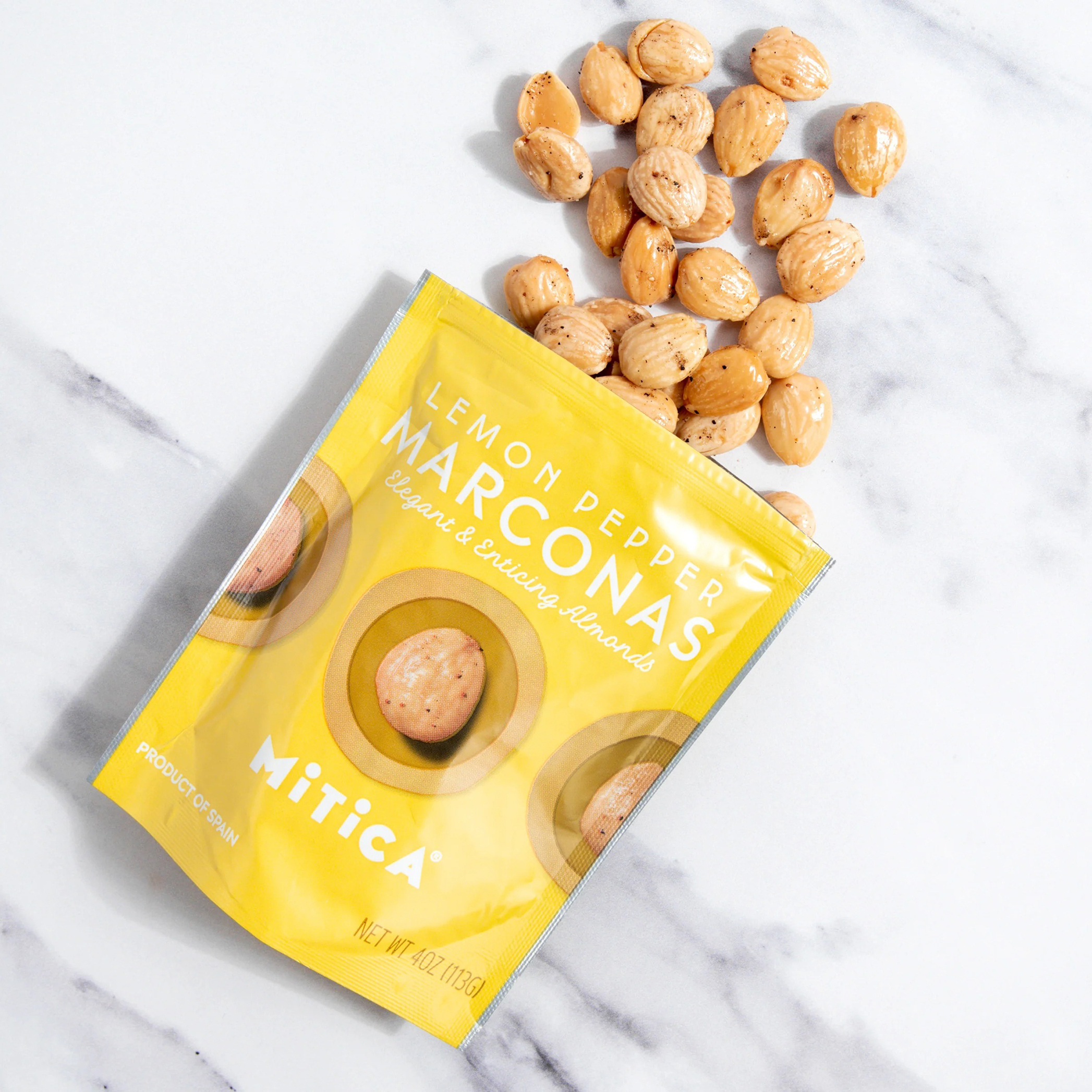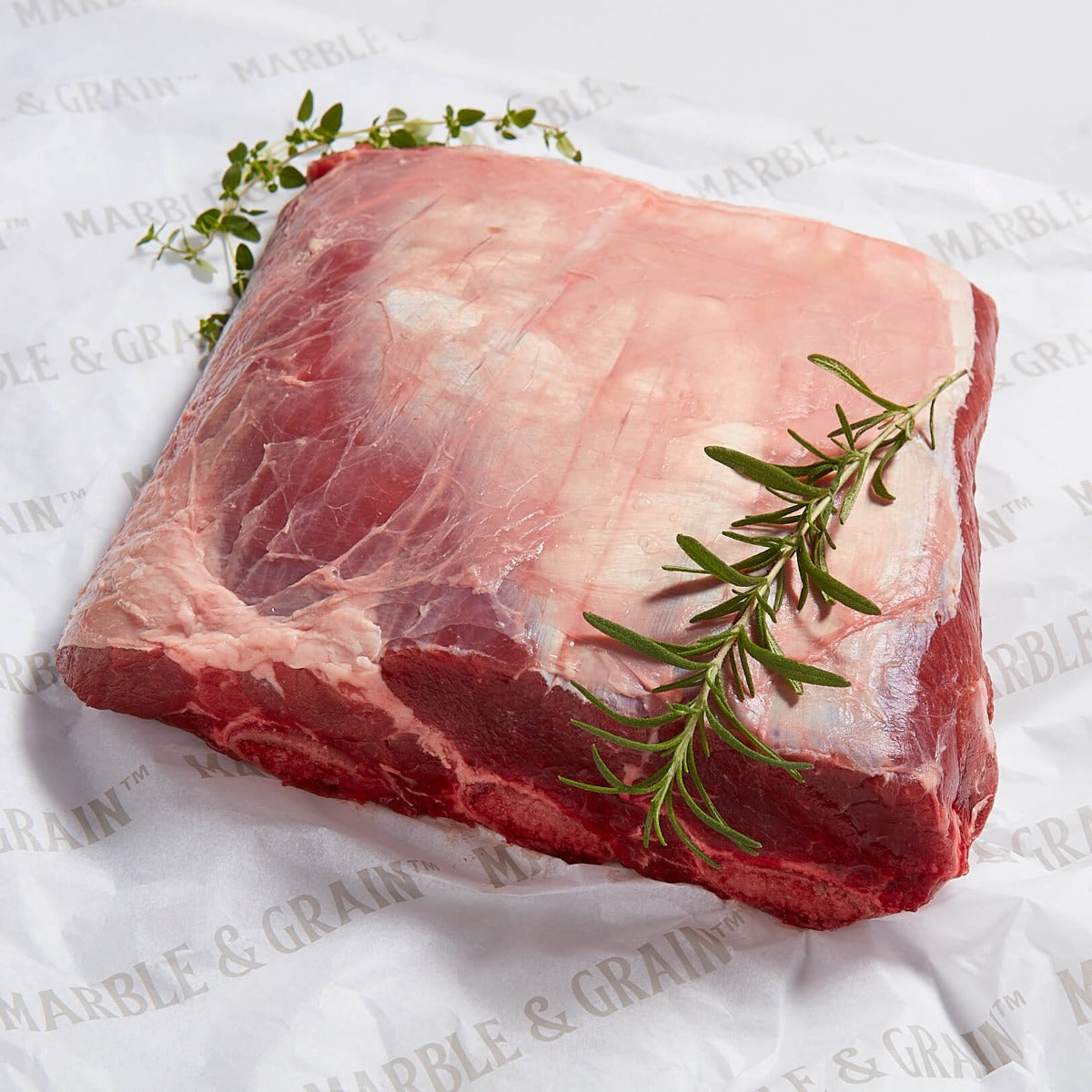Guide to Cheese Types
Tuna - Gourmet Guide
June 12, 2019 | By Dave Mattingly
A tremendous leap in quality from the regular Tuna you get at the supermarket, once you taste European Gourmet Tuna, your opinion of popular canned fish will change forever. Our brands include Ortiz from Spain and Flott from Italy.
Tuna is a salt water fish that is a member of the Scombridae family of fish. Fresh, smoked and pickled Tuna has been enjoyed by coastal populations throughout history, and while Tuna has been fished throughout the world since ancient times, today, the majority of the world’s commercial Tuna supply comes from the Pacific, with the remaining Tuna supply coming from the Indian Ocean, Atlantic Ocean, and the Mediterranean and Black Seas. Tuna inhabit the open sea as opposed to near the coastlines and for the most part live in the upper layer of water. This upper layer of water is preferred by Tuna due to its warmer temperatures. In fact, Skipjack Tuna in particular, generally inhabit water that is 78 degrees or warmer.
Although sardines were far more popular than Tuna at the turn of the 20th century, Tuna was soon re-discovered for its white flesh and pleasant taste when steamed. The commercialization of Tuna in America began in 1903 when Tuna was first canned. Its popularity grew rapidly during World War I when Tuna became a staple in the diets of American soldiers, and by the mid 1900s the US became the largest producer and consumer of canned Tuna in the world. By the year 2000, innovations in packaging of canned Tuna in vacuumed-sealed pouches, and new marinated flavors of Tuna continued to expand the popularity of this inexpensive and delicious fish. Whether eaten from a can as a convenience food or eaten fresh as haute cuisine, Tuna is one of the US’s most popular seafood products.
Types of Tuna
The most popular Tuna Varieties include Albacore, Bigeye, Bluefin, Skipjack and Yellowfin.
Albacore Tuna: In the US, Albacore Tuna is the only species of Tuna that may be marketed as "white meat Tuna". Typically weighing between 10 and 50 pounds, Albacore are constantly on the move and do not swim in tight schools, making them harder to commercially fish. Albacore Tuna is the preferred variety of Tuna for canning due to its mild flavor, and white flesh (sometimes with a bit of pink).
Bigeye Tuna: Bigeye Tuna, also known as Ahi Tuna in Hawaii, is a Tuna that is used in sashimi and sushi. Bigeye Tuna is a mild Tuna that is not a primary source for canned Tuna, but is more often sold as sushi-grade Tuna in loins, and fresh or frozen as Tuna Steaks.
Bluefin Tuna: Bluefin Tuna is reserved almost exclusively for sushi dishes due to its tender delicate consistency. Bluefin is highly prized and high demand warrants high commercial prices of the fish. Slow to reproduce, currently there are sustainability concerns for the species and international governments are taking steps to ensure more responsible Bluefin fishing.
Yellowfin Tuna: Yellowfin Tuna is named for its bright yellow coloring on its fins. Yellowfin Tuna is also at times called Ahi Tuna and is used in "light" canned or pouched Tuna products. Yellowfin Tuna is slightly more flavorful than Albacore and is the largest of Tuna that are canned. This Tuna may weigh from 30 up to 400 pounds!
Skipjack Tuna: Smaller than Yellowfin Tuna, Skipjack is the most common species of Tuna eaten throughout the world. Usually weighing between 6 and 12 pounds, Skipjack Tuna gets their name from how they swim. Their movements make them appear to "skip" across the surface of water.
Health Benefits of Tuna
Both canned and fresh Tuna is low in fat and high in protein. Tuna is also an excellent source of Omega-3 fatty acids, which support heart health and are known to lower the risk of heart attacks and blood clots. A diet rich in Omega-3 fatty acids has also been shown to prevent or reduce dementia, depression, asthma and inflammatory disorders. Tuna is also high in Vitamin D and Selenium. Tuna is one of the few natural sources of Vitamin D, which supports healthy bones and certain types of cancer and disease. Selenium supports the body's immune system, and may help prevent heart disease and certain types of cancer. Most health experts agree that most Americans would benefit from consuming eight to twelve ounces of seafood, including Tuna, per week as part of a healthy diet.
Tuna Serving Suggestions
While almost everyone has tried a Tuna fish sandwich, there are many other ways to prepare this healthy fish. Gourmet Tuna is great to include in your tuna noodle casserole recipes or antipastos. Tuna adds a delicious flavor to pasta salad when mixed with Feta cheese, or simply top Tuna with a sprinkle of capers and a squeeze of lemon juice. Mix Tuna with apples and cranberries, red onion and avocado for a nutritious salad. Or take a departure from the traditional pizza and melt Tuna on a whole wheat tortilla with vegetables and mozzarella cheese. This Tuna pizza is lower in carbohydrates than a typical pizza and filled with veggies and slow-digesting carbohydrates.
Tuna Trivia
- Tuna are in a constant state of motion – they need to be moving a body length per second in order to process enough oxygen to survive.
- Tuna can swim as fast as 55 miles per hour.
- To sustain its energy supplies, Tuna may eat up to 10% of its body weight daily.
- Unlike most fish, Tuna are warm-blooded and keep their body temperature a few degrees warmer than the water that they inhabit.
- The average annual consumption of Tuna per person in the US as of 2009 was 2.5 pounds of Tuna per year – most of which was in the form of canned Tuna.
- Due to their extended shelf-life, many varieties of canned and pouched Tuna are ideal for camping, hiking and other outdoor activities.
- Tuna comprises over 1/3 of the total fish and seafood market in the US.
- Canned Tuna is the 2nd most popular seafood in the US following shrimp.
Our selection includes Bonito del Norte, Bottarga, Yellowfin, Belly, White and many more types of Tuna! Imported from Spain, Bonito del Norte (Spanish White Tuna) is truly a premium quality Tuna. Bonita del Norte packs whole Tuna fillets in olive oil caught in the Gulf of Biscay in Northern Spain. The Tuna is processed using traditional methods and is sorted, cooked, packaged with a richly flavored olive oil. Ortiz Atun Claro (Yellowfin Tuna in Olive Oil), also known as Ahi Tuna, is considered to be some of the finest quality Tuna available. Its cooked pale pink flesh is preserved in olive oil and packaged in loin form as opposed to mashed pieces commonly found in grocery store brands. Often considered "foie gras of tuna fish", Ventresca, also known as Belly Tuna, is a tender and flavorful hand cut fillet that is packed by hand in easy to open cans. Imported from Italy and Spain, these Yellowfin Tuna fillets are some of the richest and smoothest Tuna you will ever taste.
When searching for gourmet food online, look no further than igourmet.com.

















